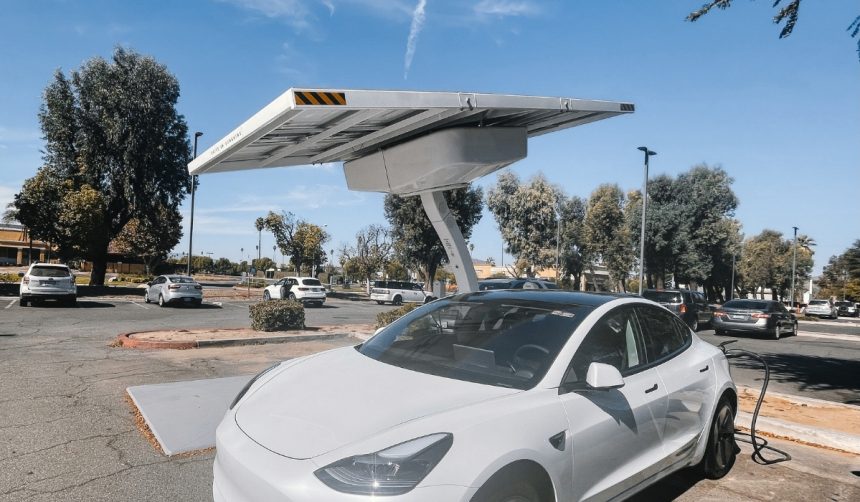Tesla increased the operational area for its Robotaxi service in Austin for the third time since its debut in late June, bringing notable attention to its autonomous mobility strategy. Local residents have observed frequent testing across various neighborhoods, raising expectations for coverage that better serves growing residential and commercial areas. Expansion choices seem to mirror recent shifts in population density and infrastructure investments, with a clear focus on strategic growth. New entrants into the market are closely monitoring these moves as indicators of the evolving autonomous mobility landscape.
How Has the Service Area Grown?
Since June 22, 2025, Tesla’s Robotaxi service in Austin has expanded from an initial 20 square mile area to an estimated 130 square mile geofence by August 26. The operational zone first doubled in size by mid-July, followed by a near-doubling again in early August, before reaching its current footprint. Recent coverage now includes both highly populated residential zones east and west of downtown, as well as the suburban region of Bee Cave, signaling targeted outreach to diverse users. The pattern of these expansions highlights a responsive approach to demand and vehicle validation data.
What Was the Major Addition in This Expansion?
A significant update in the latest geofence increase involves the inclusion of Tesla Gigafactory Texas, a site previously outside the operational area. The facility stands as a crucial hub for the company’s production operations, and its incorporation is seen as a key logistical and public relations step. In response to the update, a Tesla spokesperson confirmed,
“With Gigafactory Texas now within our Robotaxi area, we are aiming to connect our manufacturing core with new mobility solutions.”
Is Tesla Scaling Up Its Fleet Along With the Expanded Area?
While Tesla has not disclosed specific fleet numbers, ongoing questions remain about whether the number of Robotaxi vehicles is being increased to support this broader coverage. Members of the community and industry analysts have raised concerns about matching vehicle availability to the scale of the service area. The company reiterated a cautious approach, stating,
“Safety remains our top priority as we expand, and fleet scale decisions are made with rigorous standards in place.”
Emphasis continues to be placed on maintaining service reliability and safety oversight across a growing network.
Past expansions saw Tesla initially focus on central and densely populated parts of Austin, gradually moving towards the outskirts and suburban districts. Analysts previously noted a more conservative strategy, with limited service areas and slow rollout of new features. Current expansion reflects a bolder approach, integrating infrastructure like Gigafactory Texas and demonstrating more aggressive timelines compared to other markets where competitors have launched similar services.
Looking forward, Tesla’s methodical yet increasingly ambitious expansion in Austin could set a model for deployment in other cities. By incorporating key industrial sites and extending into major suburban regions, the company may seek to optimize both accessibility and operational efficiency. Expanding into locations with high Tesla presence, like the Gigafactory, could also streamline internal employee mobility and test vehicle deployment at scale. For users and stakeholders, monitoring how fleet size and coverage keep pace with demand will remain central. As Tesla pursues launches in markets outside Texas, their current playbook could reveal what approaches will be adapted or recalibrated for wider national adoption.










